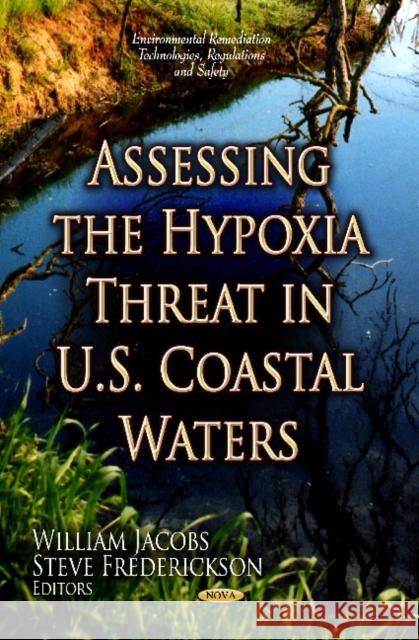Assessing the Hypoxia Threat in U.S. Coastal Waters » książka
Assessing the Hypoxia Threat in U.S. Coastal Waters
ISBN-13: 9781620813034 / Angielski / Twarda / 2012 / 234 str.
The occurrence of hypoxia, or low dissolved oxygen, is increasing in coastal waters world-wide and represents a significant threat to the health and economy of our Nation's coasts and Great Lakes. This trend is exemplified most dramatically off the coast of Louisiana and Texas, where the second largest eutrophication-related hypoxic zone in the world is associated with the nutrient pollutant load discharged by the Mississippi and Atchafalaya Rivers. Aquatic organisms require adequate dissolved oxygen to survive. The term dead zone is often used in reference to the absence of life from habitats that are devoid of oxygen. The inability to escape low oxygen areas makes immobile species, such as oysters and mussels, particularly vulnerable to hypoxia. This book examines the progress in understanding the dynamics of hypoxia where it occurs; understanding monitoring nutrient fluxes in watersheds; and how to reduce nutrient transport across the landscape.











